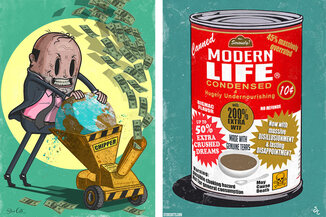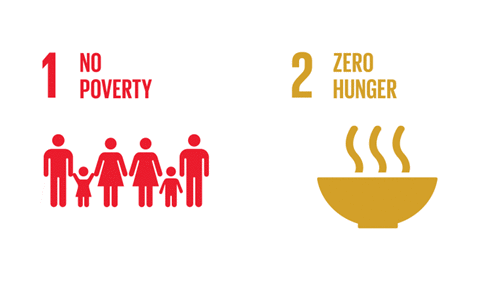It's All Connected
Statement of Inquiry
Due to a connected world, the choices we make as consumers have far-reaching effects on environments and societies. The choices we make as consumers have far-reaching effects on environments and globally connected societies.
Key Concept
Global interactions focuses on the connections between individuals and communities, as well as their relationships with built and natural environments, from the perspective of the world as a whole.
For individuals and societies, global interactions focuses on the interdependence of the larger human community, including the many ways that people come into conflict with and cooperate with each other, and live together in a highly interconnected world to share finite resources.
For individuals and societies, global interactions focuses on the interdependence of the larger human community, including the many ways that people come into conflict with and cooperate with each other, and live together in a highly interconnected world to share finite resources.
UN SDGs Links
Welcome to the Anthropocene!
|
|
|
|
Activity: Welcome to the Anthropocene
Article: You have been living in a new geological time all along
Wiki: The Anthropocene
Reading: A man made world
Website: The Anthropocene Project
Article: You have been living in a new geological time all along
Wiki: The Anthropocene
Reading: A man made world
Website: The Anthropocene Project
Mapping Impacts of the Anthropocene

Tool: Google Earth Engine
Activity: Anthropocene mapping instructions
Tool: Google earth
2018 Map: Map of Anthropocene Impacts
Planetary Boundaries
|
|
|
|
|
|
|
|
|
|

Consequence Wheels - Impacts of Consumer Products
The Story of Stuff
|
|
|
|
Note Taking: Story of Stuff
Reading: Our desire for good is at the heart of this
Reading: Greed culture is damaging the planet
Interactive: How many slaves work for you?
Fashion is Danger!
|
|
|
|
Facts: 10 unbelievable fast fashion facts
Article: Fast fashion and Thailand
Article: Thai fashion factory workers trapped in slave labour
Reading: Fast fashion is the 2nd deadliest industry in the world
Read & Act: Greenpeace - Detox the Citarum
Reading: The death of the Citarum river
Photostory: Worse for wear - Indonesia's textile boom
Campaign: Greenpeace - Fashion detox
Article: Fast fashion and Thailand
Article: Thai fashion factory workers trapped in slave labour
Reading: Fast fashion is the 2nd deadliest industry in the world
Read & Act: Greenpeace - Detox the Citarum
Reading: The death of the Citarum river
Photostory: Worse for wear - Indonesia's textile boom
Campaign: Greenpeace - Fashion detox
|
|
|
|
|
|
|
Activity: Impacts of a hamburger summary mindmap
Reading: Hamburgers, fries and a coke
Mindmap: Sample impact of a hamburger mindmap
Thinking Summary: I used to think that but now I think this.......
The Story of Solutions
Going Full Circle
|
|
|
|
Notes: The circular economy notes
Explore: What is the circular economy?
Case Studies: Examples of the circular economy
|
|
|
|
It's All Connected Assessment

Assessment task: It's all connected assessment
Planner: Investigation & action planner
Planner: Product creation planner
Useful Resources
Investigation
Creation

Website: Infographic intro and creation resources
Tool: Powtoon - create animated presentations
Icons: Noun project - Icons for everything

